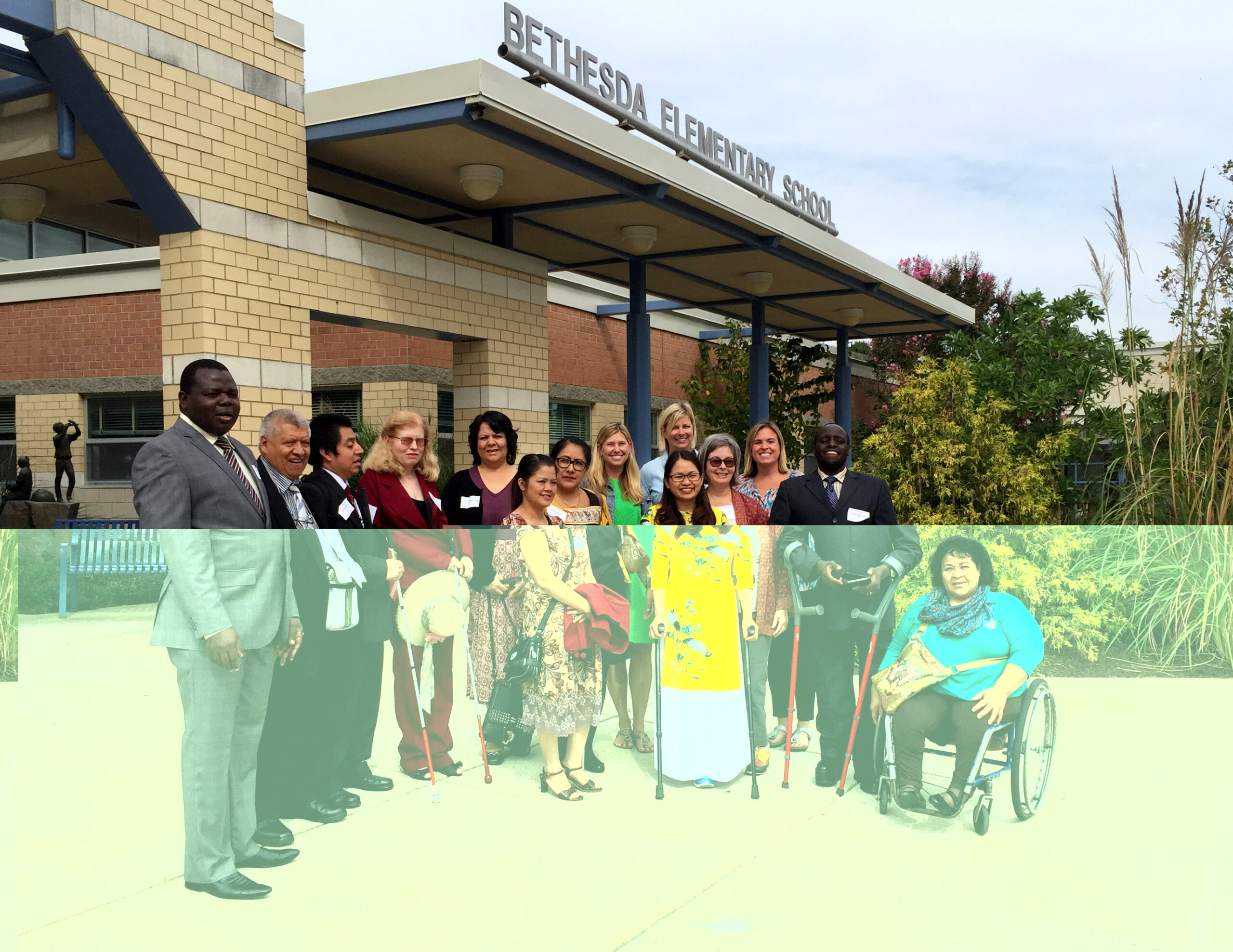Institutions are no substitute for living at home and being in the community. This is true for adults with disabilities. As you might imagine, institutions are even worse for children.
For people of any age, even in the best possible circumstances, institutions significantly increase the risk for abuse and neglect. UNICEF has noted that children with disabilities are particularly at risk for abuse and neglect in institutions. Even the best institutions with caring staff are still inherently harmful places for children to live, whether they have disabilities or not. Rotating staff cannot provide the stability, security, and sense of love a child can receive from a long-term bond that comes with having a family. Institutions also can’t easily provide enough variety and stimulation to keep developing minds engaged, which can harm neurological development.
Many of the solutions for keeping people with disabilities out of institutions are also helpful for people of all ages. These solutions include creating a more accessible and inclusive society, as discussed in the article “De-institutionalization and Community Integration.” However, children also need solutions geared toward their age and development specific needs and to the particular needs of their families.
Poverty
Most institutionalized children, for example, are institutionalized because of severe poverty in their families–whether the children have disabilities or not. Thus, one important means of preventing institutionalization must help more families escape or prevent poverty–and provide appropriate support for families who remain impoverished. Poverty reduction strategies must include all families in poverty who are either at risk of institutionalizing a child, or who have already institutionalized one or more children. In particular, they need to assist families who have one or more children with disabilities because families with a disabled family member are at higher risk for living in, or stumbling into, poverty.
Disability
More specific to children with disabilities, some parents place their child in an institution because they are uncertain how to manage their child’s disability or meet their needs. This can be addressed, in part, by teaching parents more about their child’s disability and how to raise them into adulthood. One reason why some parents doubt their ability to raise a child with disabilities is a surprising number of medical professionals in many countries still tell parents their child is better off in an institution with specialized staff who are trained to care for their needs.
Parents, wanting to do the most loving and appropriate thing for their child, frequently listen to the advice of those who are considered to be experts—even though they lack specific training or experience with the condition in question. It therefore may be helpful to consider not only intervention with parents but also intervention with medical personnel–specifically those likely to be diagnosing disabilities in children and disclosing this news to parents.
What if, instead of recklessly endorsing institutions, doctors instead explained that children with a wide range of disabilities around the world have, through time, found often ingenious and creative ways to engage with their families and local communities? What if doctors then referred parents to community groups that could connect them with experienced parents of children with disabilities and even adults who share the same disability as their child?
Reunification Vs. Alternate placements
The overwhelming majority of children forced into institutions today have at least one living parent or other relative who could care for them with the appropriate supports. Thus, in most cases, identifying and correcting what led to institutionalization in the first place,is crucial to both understanding and facilitating a shift in thinking and in behavior. However, there is always a small minority of children who, for whatever reason, cannot be reunited with their family. For these children, adoption or foster care with a family may be a more realistic, better alternative. In some cultures, adoption is not yet viewed as an acceptable way to form a new family. Recruiting appropriate adults to foster or adopt children, with disabilities or otherwise, may need to include strategies for shifting cultural attitudes toward fostering and adopting children, including educational campaigns to raise society’s awareness that every child has a right to a family.
Strategies for preventing and reversing institutionalization
In order to work, de-institutionalization is a complex process that requires multiple approaches to occur at the same time. It does little good to remove a child from an institution if you don’t also prevent new children from taking their place in the same place. Moving children out of institutions needs to be combined with efforts to prevent future children from ever being institutionalized in the first place. Too many otherwise successful efforts at de-institutionalization have abandoned children with disabilities as the last to leave the institution–if, indeed, they ever leave at all. UNICEF and other observers have, accordingly, recommended that children with disabilities be among the first tobe removed from institutions.
Several publications are available for download that may provide additional insights into effective strategies and best practices in various countries for either preventing institutionalization of children before it occurs, enabling the reunification of families with institutionalized children, or otherwise ensuring that children are placed with foster or adoptive families. Some of these publications are focused specifically on children with disabilities, while others address the needs of all children likely to be institutionalized, but include some content on the specific needs of children with disabilities.
 Homes-Not-Institutions-for-Children-with-Disabilities.docx
Homes-Not-Institutions-for-Children-with-Disabilities.docx Guidelines_on_Children_s_Reintegration.pdf
Guidelines_on_Children_s_Reintegration.pdf Household_Economic_Strengthening.pdf
Household_Economic_Strengthening.pdf Moving-Forward-implementing-the-guidelines-for-web1.pdf
Moving-Forward-implementing-the-guidelines-for-web1.pdf Protecting_Mental_Disability_Rights-_A_Success_Story_in_the_Inter.pdf
Protecting_Mental_Disability_Rights-_A_Success_Story_in_the_Inter.pdf Successful_Child_Care_Reform.pdf
Successful_Child_Care_Reform.pdf UNICEF_Compendium_of_promising_practices_Web.pdf
UNICEF_Compendium_of_promising_practices_Web.pdf US-Department-of-State-Human-Trafficking-Report_2017.pdf
US-Department-of-State-Human-Trafficking-Report_2017.pdf
